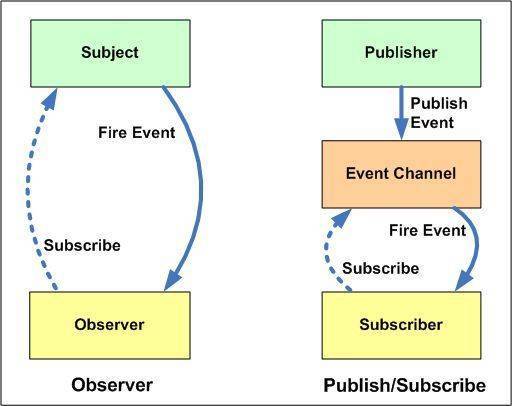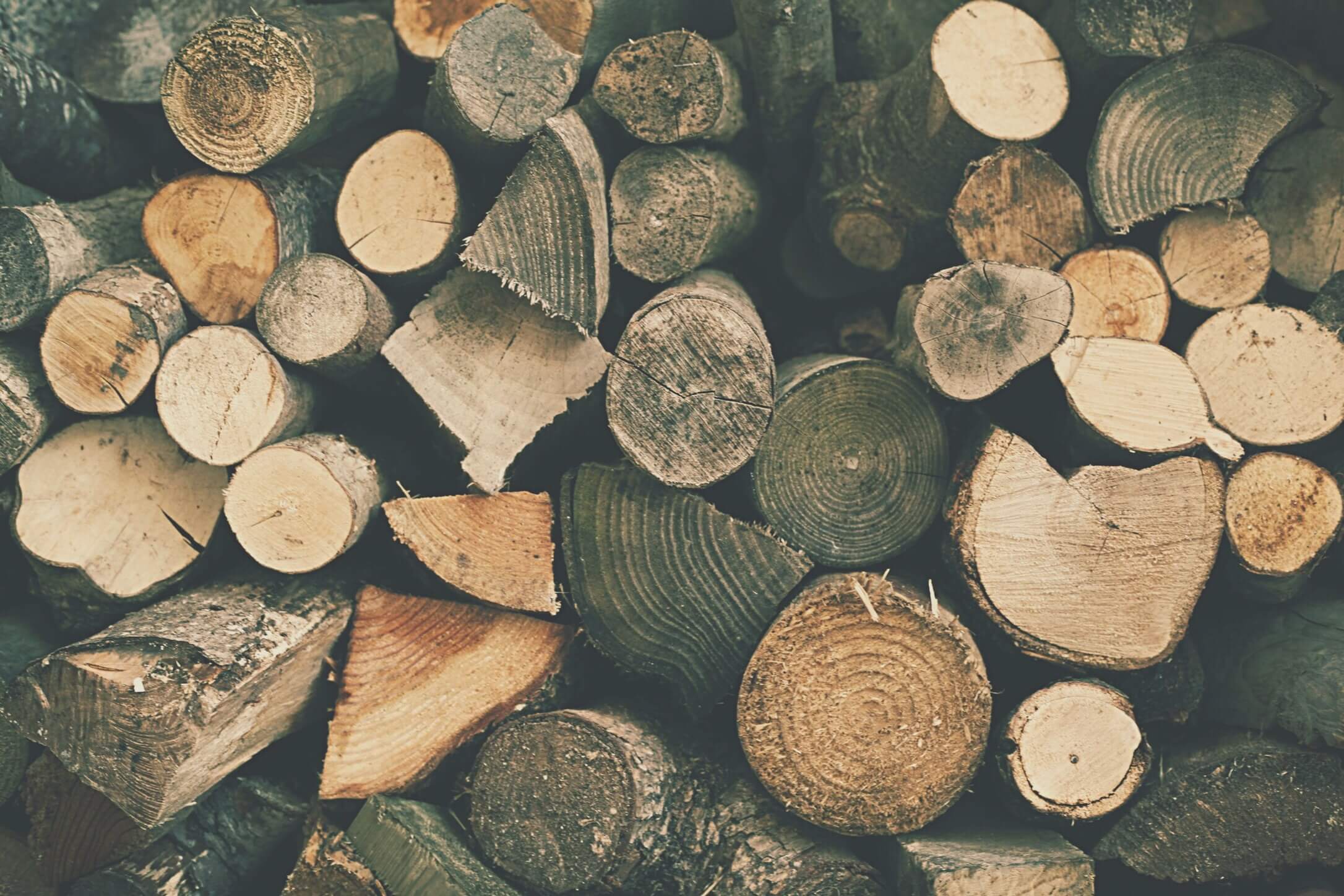事件触发器EventEmitter
发布订阅模式:
1
2
3
4
5
6
7
8
9
10
11
12
13
14
15
16
17
18
19
20
21
22
23
24
25
26
27
28
29
30
31
32
33
34
35
36
37
38
39
40
41
42
43
44
45
46
47
48
49
| class EventEmitter {
constructor() {
this._event = []
}
on(eventName, fn) {
let callback = this._event[eventName] || [];
callback.push(fn);
this._event[eventName] = callback;
return this;
}
emit(...args) {
let eventName = args[0];
let params = args.slice(1);
let event = this._event[eventName];
event.forEach(fn => fn.apply(this, params));
return this;
}
off(eventName, fn) {
let callback = this._event[eventName];
this._event[eventName] = callback && callback.filter(_fn => _fn !== fn);
return this;
}
once(eventName, fn) {
let wrapFun = function(...args) {
fn.apply(this, args);
this.off(eventName, wrapFun);
}
this.on(eventName, wrapFun);
return this;
}
}
let event = new EventEmitter();
function handleClick(num) {
console.log('--click--', num);
}
function handleClick1(num) {
console.log('--click1--', num);
}
event.on('click', handleClick);
event.on('click', handleClick1);
...
event.emit('click', 10);
event.emit('click', 100);
|
上面的eventEmitter类的实现就是基于发布订阅模式。在阮一峰老师的《Javascript异步编程的4种方法》中提到:
我们假定,存在一个”信号中心”,某个任务执行完成,就向信号中心”发布”(publish)一个信号,其他任务可以向信号中心”订阅”(subscribe)这个信号,从而知道什么时候自己可以开始执行。这就叫做”发布/订阅模式”(publish-subscribe pattern),又称”观察者模式”(observer pattern)。
发布订阅模式可以理解为是观察者模式的一种变形,两者的区别是:发布/订阅模式在观察者模式的基础上,在目标和观察者之间增加一个调度中心。







